Why GNSS Positioning Needs Blockchain: Enhancing Precision and Reducing Dependency on Centralized Networks
GNSS Positioning has become a part of everyday life, guiding everything from smartphones to self-driving tractors. But for industries that depend on precise, reliable location data, the limitations of traditional GNSS systems are hard to ignore. Signals can be weak, interference is a constant threat, and accuracy often depends on correction networks controlled by a handful of centralized providers. When those networks fail, entire industries are left without the precision they need.
This is where blockchain changes the game. By decentralizing GNSS corrections, blockchain removes single points of failure and secures location data against manipulation. The result is a system that is not only more reliable but also more accessible and transparent. GNSS can finally evolve into what it was meant to be—a truly open, secure, and resilient positioning network for industries that can’t afford uncertainty.
The Need for a New Approach in GNSS Positioning
GNSS has long been the foundation of global navigation, guiding everything from airplanes to personal vehicles. But as industries demand greater precision, the cracks in this aging system are becoming impossible to ignore. It was never designed for the accuracy required in autonomous machines, high-stakes construction, or scientific measurements that depend on pinpoint precision. Businesses relying on positioning data are now hitting roadblocks that GNSS alone cannot overcome. Without a new approach, progress will stall.
At first glance, GNSS seems like an unstoppable force, connecting satellites high above the Earth to millions of receivers below. But those signals travel over 20,000 kilometers before reaching the ground, arriving in a fragile state. A thick forest, a cluster of skyscrapers, or even stormy weather can weaken them. In underground spaces or deep inside urban landscapes, the connection can disappear entirely.
And the problem doesn’t stop with natural interference. GNSS signals are easy targets for deliberate attacks. Jamming devices can drown them out entirely, cutting off navigation in an instant. Even more alarming, spoofing attacks can manipulate positioning, tricking receivers into reporting false locations. These aren’t just theoretical threats—they’ve already disrupted aviation, shipping, and military operations. When entire industries depend on accurate positioning, vulnerabilities like these put safety, efficiency, and even lives at risk.
Because raw GNSS signals aren’t precise enough for professional applications, businesses rely on correction services like RTK (Real-Time Kinematic) and PPP (Precise Point Positioning) to refine positioning down to the centimeter. These corrections are essential for industries like farming, surveying, and autonomous navigation. But while they improve accuracy, they also introduce new problems.
Most correction networks are controlled by a small number of providers, and their coverage isn’t universal. A farm in a remote valley, a construction site in an underdeveloped region, or a mining operation deep in the mountains may not have access at all. Even in areas where these services are available, businesses are forced to rely on a system with a dangerous single point of failure. If a provider’s server goes down, so does every business depending on it. With no alternative, entire industries risk being cut off from high-precision GNSS simply because one centralized system experiences downtime.
The future of positioning doesn’t lie in patching up a broken system—it requires an entirely new approach. Blockchain shifts GNSS corrections from centralized control to a decentralized network, distributing data across multiple independent nodes. If one fails, the system doesn’t collapse. It keeps running, ensuring continuous access to precise positioning.
Even more importantly, blockchain makes location data trustworthy. Unlike traditional correction networks, which rely on a single provider, blockchain records and verifies correction data across a transparent, tamper-proof system. There’s no room for bad actors to manipulate positioning, no way for a central authority to control access, and no single failure point that can take everything offline.
This is more than just an upgrade—it’s a transformation. Industries that once relied on outdated, vulnerable positioning systems now have a path to a secure, resilient, and accessible alternative. But shifting from centralized control to decentralized precision requires more than just an idea—it needs a solution built for real-world applications. That’s where blockchain-based RTK corrections come in, providing the accuracy industries demand without the limitations of traditional networks.
onocoy’s Blockchain-Based Solutions for RTK Precision
At onocoy, we’re not just building another correction network—we’re creating an entirely new way to think about GNSS. By decentralizing RTK positioning, we’re ensuring that high-precision corrections are always available, always verifiable, and never controlled by a single provider.
A More Resilient RTK Network
onocoy removes the weaknesses of traditional RTK services. Instead of relying on a handful of correction providers, our blockchain-based system distributes data across a decentralized network. This means no single point of failure, no restricted access, and no costly subscriptions limiting where GNSS corrections can be used.
Securing Positioning for the Future
From agriculture to autonomous vehicles, industries need more than just precise location data—they need certainty that their positioning is reliable, secure, and available anywhere. By combining blockchain with high-accuracy GNSS, onocoy is making this possible.
The Future is Decentralized
GNSS is evolving, and industries that depend on precision can’t afford to be held back by outdated systems. Blockchain is the key to unlocking a positioning network that is accurate, secure, and built to last. onocoy is leading this transformation, and we invite you to be part of it.
If your business relies on positioning data, the time to move forward is now. A decentralized GNSS future isn’t just an idea—it’s already happening. Join us and take the next step toward a more precise, resilient, and independent positioning system.

